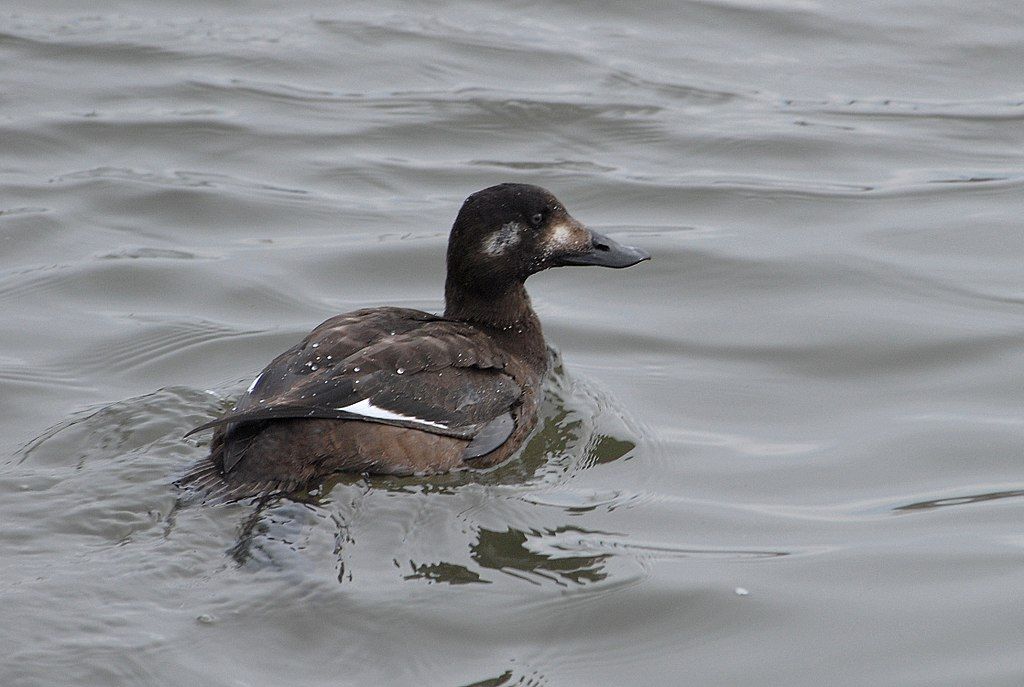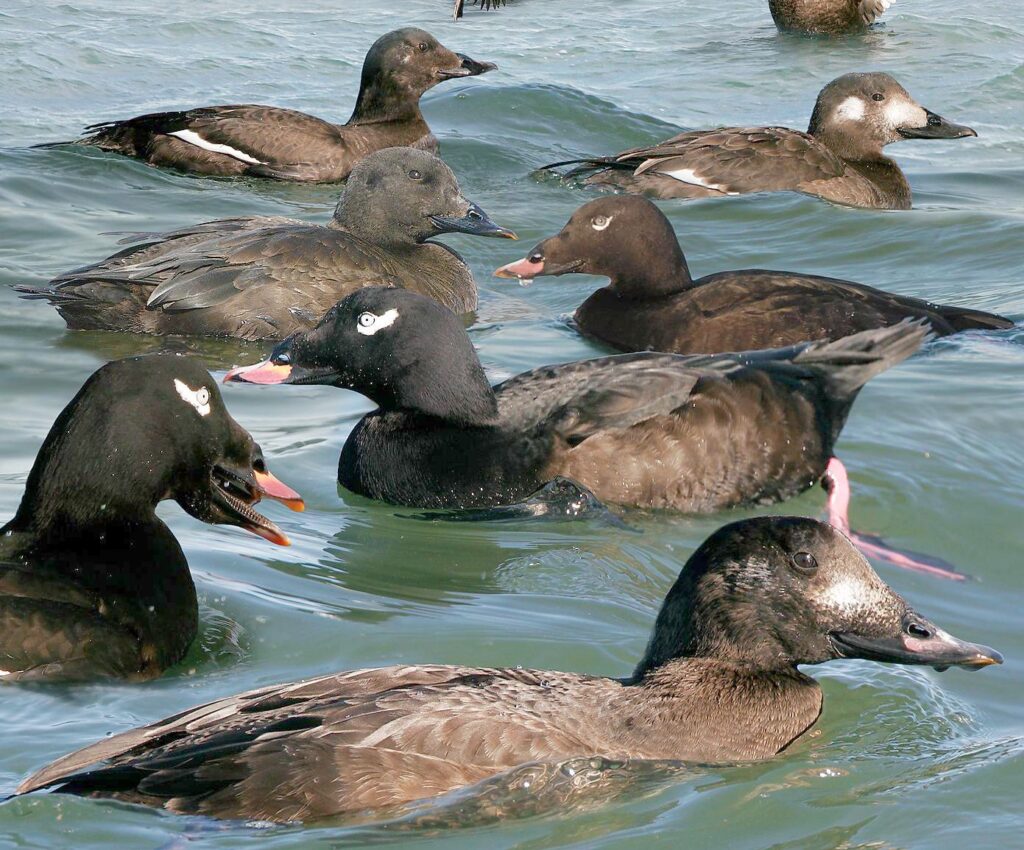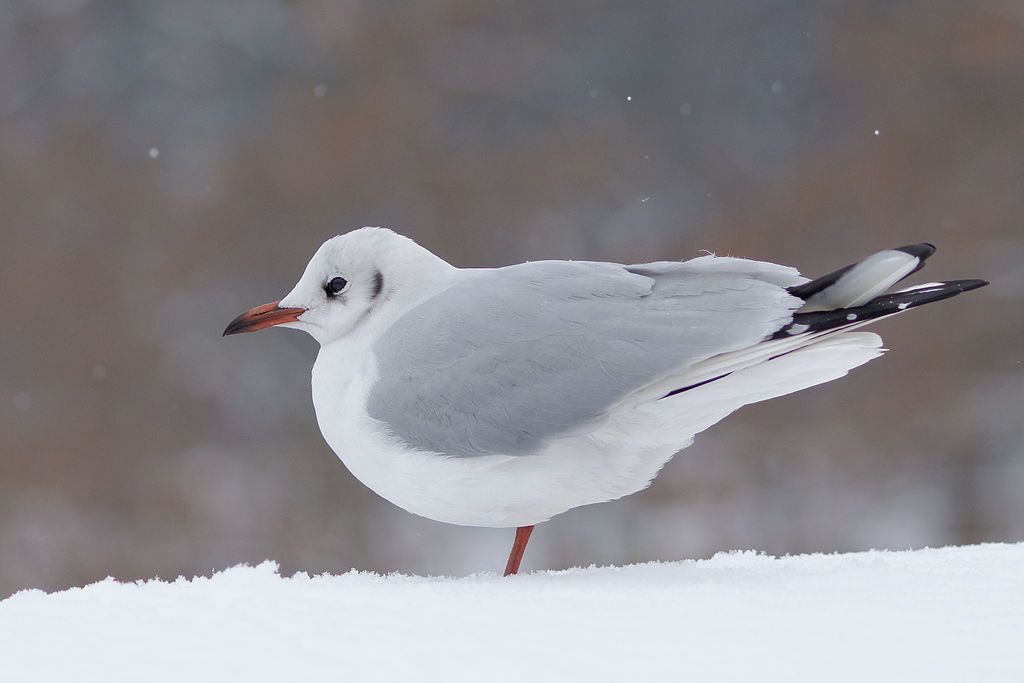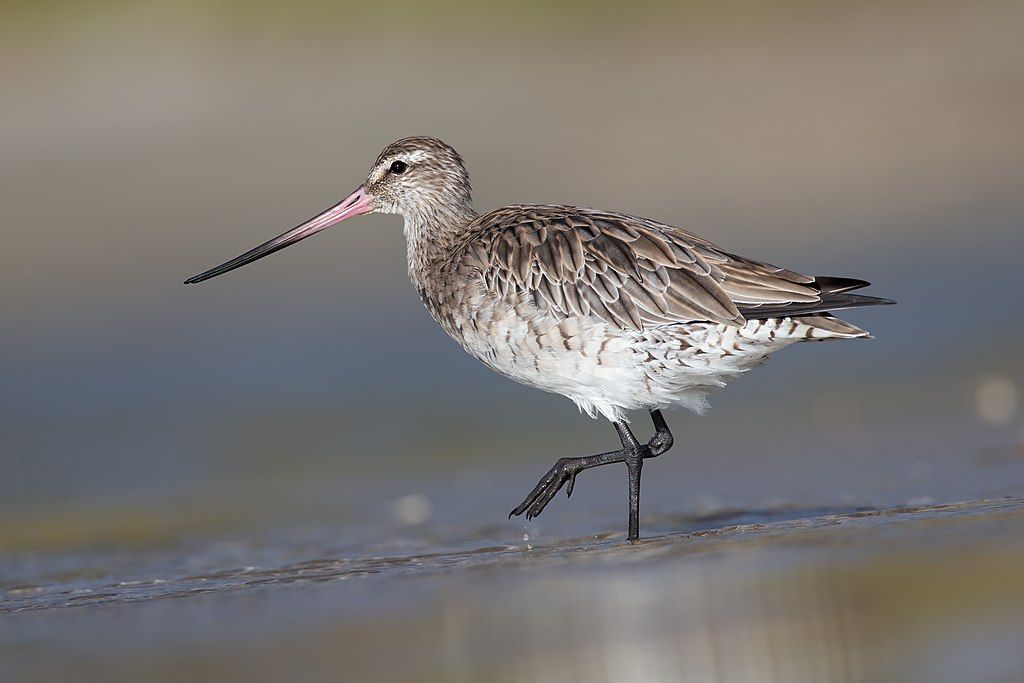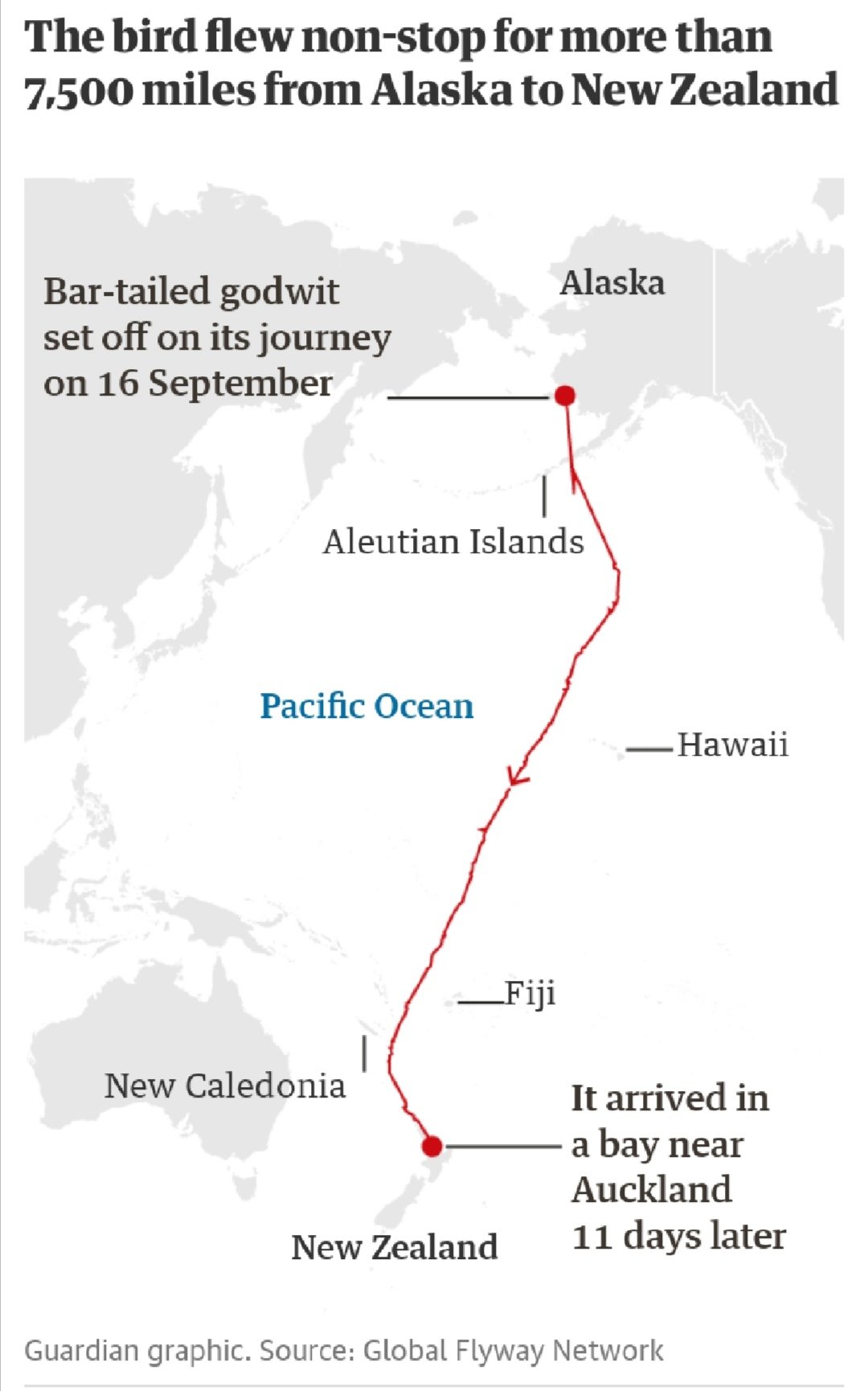
What do giraffes and gentoo penguins have in common?
Though both were (or are) listed as a single species researchers say they should be four.
In 2016 DNA testing on giraffes revealed that the single species (Giraffa camelopardalis) is really four species. The proposed 2016 species split looked like this on the map …

… and is described as:
[Replace] Giraffa camelopardalis with four new ones: the southern giraffe (G. giraffa), found mainly in South Africa, Namibia and Botswana; the Masai giraffe (G. tippelskirchi) of Tanzania, Kenya and Zambia; the reticulated giraffe (G. reticulata) found mainly in Kenya, Somalia and southern Ethiopia; and the northern giraffe (G. camelopardalis), found in scattered groups in the central and eastern parts of the continent. The one remaining subspecies is the Nubian giraffe (G. camelopardalis camelopardalis) of Ethiopia and South Sudan. It is a distinct subspecies of the northern giraffe.
— Scientific American, DNA Reveals Giraffes Are 4 Species–Not 1, 9 September 2016
This year a DNA study on gentoo penguins revealed that they should be split in four species, too.

Gentoo penguins (Pygoscelis papua) breed on Antarctica and islands in the southern hemisphere reaching as far as the Falklands, South Georgia and Kerguelen Island. Two populations are considered subspecies; they don’t intermingle. In 2012 the subspecies map looked like this:

The proposed split elevates both subspecies and adds two more!
The researchers suggest the two subspecies [P. p. ellsworthi and P. p. papua.] should be raised to species level and two new species created.
The four species we propose live in quite different latitudes – for example P. ellsworthi lives on the Antarctic continent whereas P. poncetii, P. taeniata, and P. papua live further north, where conditions are milder, and so it’s not that surprising that they have evolved to adapt to their different habitats.
— Birdwatchers Daily, Split Gentoo Penguin into four species, researchers say, 4 Nov 2020
The split could be good news for the most vulnerable gentoo penguin populations since it would allow a focus on saving them.
Will the gentoo penguin officially split like the giraffe? We’ll have to wait and see.
(photos and maps from Wikimedia Commons; click on the captions to see the originals)
p.s. Locations of the four species as described as follows at The Conversation blog: We suggest the designation of four species of gentoo penguin: Pygoscelis papua in the Falkland Islands, P. ellsworthi in the South Shetland Islands/Western Antarctic Peninsula, P. taeniata in Iles Kerguelen, and P. poncetii, in South Georgia.




